Buy or gift a digital subscription and get access to the complete digital archive of every issue for just £18.99 / $23.99 / €21.99 a year.
Buy/gift a digital subscription Login to the Digital EditionOverlooked by most visitors to Turkey, this is a wonderful place for the independent traveller, a cultural goldmine, with fabulous food and stunning scenery and architecture. It now has a decent bunch of boutique hotels, and motorways make it easy to reach.
The area between Zonguldak and Samsun – once mellifluously known as Paphlagonia – includes the historic towns of Safranbolu, Amasra, Kastamonu, İnebolu and the small natural harbour of Sinop, one of the few safe havens on Turkey's 2,000-kilometre Black Sea coast. It is a piece of Turkey aching to be discovered by the independent traveller. So Cornucopia's advice is simple: hire a car in Istanbul or Ankara and go.
The coast itself, once you reach it, is famously hard to drive round (and you should only ever swim where others are swimming – the undertow is lethal). It is separated from the interior by daunting mountains, but not far to the south these mountains spill onto the fiercely continental central-Anatolian plateau. So the area to explore is sandwiched between coast and plateau. Having said that, what remains is almost a country within a country, and historically often was so. There are glorious valleys, ravines, mountains, plains, forests and meadows. Many of these are exceptionally beautiful, fertile and full of cultural surprises – for instance, one of the largest Roman cities in Turkey, Pompeiopolis, lies unexcavated near Taşköprü; the tiny Mahmut Bey Mosque in Kasaba, a village outside Kastamonu, is surely the most movingly lovely medieval mosque in Turkey; and another Kastamonu village has, well, the second-largest walnut tree in Europe – while next door grows the legendary naked plum.
The flora is also rewarding, partly because the micro-climates are so numerous and varied. The plain of Samsun is sun-drenched tobacco country – and also produces the reeds used to thatch Lincolnshire cottages. Bartın, where they once built the sturdiest wooden vessels in the world, is famous for Roman snails, thanks to the rain. Taşköprü has the most pungent garlic in the world. Tosya grows some of the best rice in the land, and sells the best chestnut honey in the world.
Architecturally the konaks – or mansions – are the area's crowning glory, and fortunately a few families have poured their energy and resources into rescuing them, or at least preserving them for others to rescue. Best known are those in Safranbolu and Kastamonu, but there are hundreds of others in remote villages that were once centres of rambling estates. All are begging to be loved, brought back to life and filled with huge families, if only for some of the year.
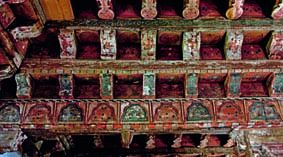
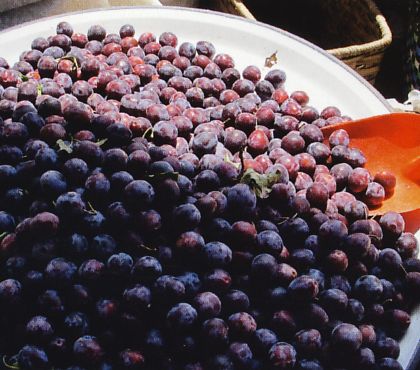
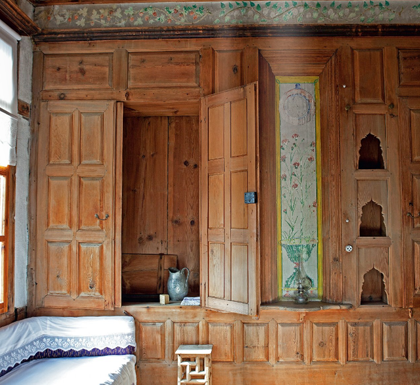
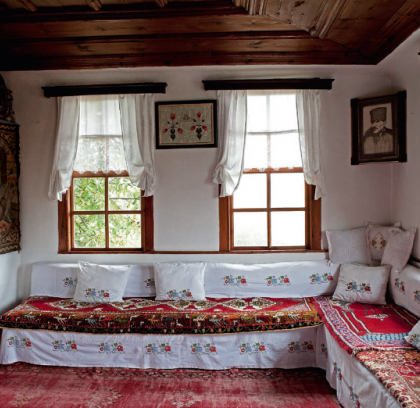
By Berrin Torolsan with photographs by Solvi dos Santos
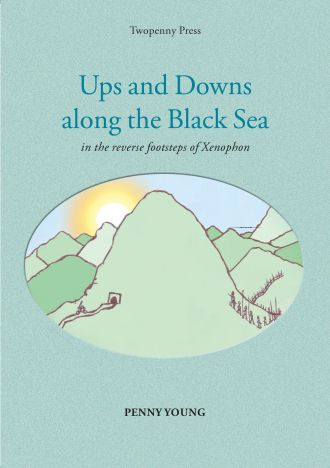
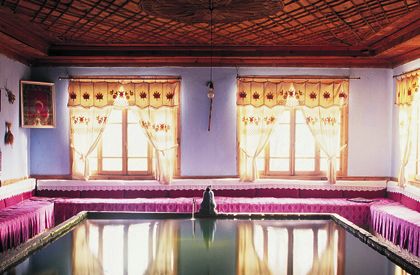
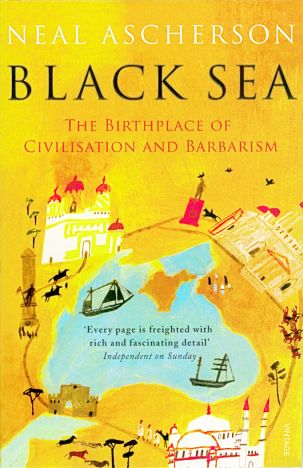
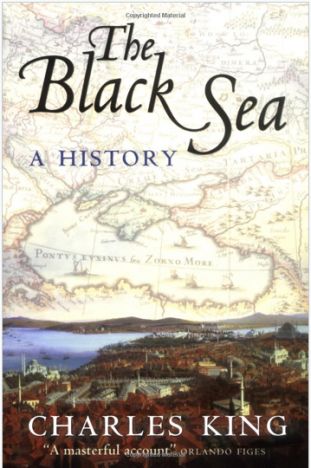
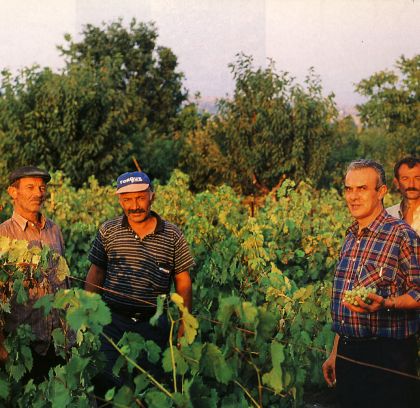

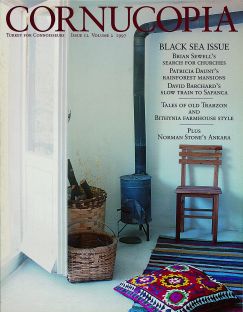

Cornucopia works in partnership with the digital publishing platform Exact Editions to offer individual and institutional subscribers unlimited access to a searchable archive of fascinating back issues and every newly published issue. The digital edition of Cornucopia is available cross-platform on web, iOS and Android and offers a comprehensive search function, allowing the title’s cultural content to be delved into at the touch of a button.
Digital Subscription: £18.99 / $23.99 (1 year)
Subscribe now